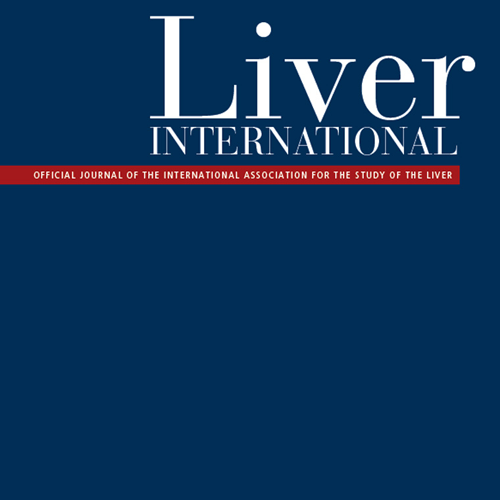Summary
At a time when hepatitis C virus clearance can be obtained by DAAs in almost all infected patients, global infection burden control is an objective within reach, even if achieving the WHO HCV elimination targets by 2030 may not be attainable. The lowest cost intervention is an awareness campaign to bring in those who are recently diagnosed and those who were previously diagnosed but not treated. Only 30% of all HCV-diagnosed patients are linked-to-care. The next level of intervention is case-finding for disease control and screening. Screening invites people who do not have symptoms to undergo testing, whereas health professionals are focused on detecting conditions as early as possible among people with symptoms to avoid late clinical presentation. With continuous efforts for disease control as a priority, early diagnosis in those with liver disease, but unknown HCV status, is the key intervention to avoid further disease progression and costs.

